When temperatures rise, breastfeeding in hot weather can feel physically taxing and emotionally overwhelming. Whether you're navigating breastfeeding during heatwave conditions or simply looking for breastfeeding tips for summer, the challenges of breastfeeding in warm weather require thoughtful adjustments. Knowing how to stay cool while breastfeeding is crucial for nursing parents during warmer months. This comprehensive guide offers actionable advice to ensure you and your baby remain safe, cool, and well-nourished throughout the summer heat.
Understanding Your Baby’s Hydration Needs in the Heat
Breastfed babies do not require water, even in high temperatures. Your breast milk dynamically adjusts its composition to meet your baby’s hydration and nutritional requirements.
Frequent feeding is normal during warm weather. Your baby may engage in shorter, more frequent nursing sessions as a natural response to thirst. Trust your baby’s cues and continue feeding on demand.
Optimizing Maternal Hydration for Milk Supply and Wellbeing
Maintaining your own hydration is crucial not only for your milk supply but for your own health. Dehydration can reduce energy levels, hinder milk production, and increase the risk of heat exhaustion.
Daily Hydration Strategy:
- Aim for 3 Litres Daily: Minimum 2 litres of water.
- Drink Every Time You Nurse: Use feeding time as a hydration cue.
- Hydration Stations: Keep filled water bottles in your bedroom, living space, and baby’s nursery.
Avoid coffee and other diuretics when possible, and opt for electrolyte-infused water or herbal teas to further replenish fluid loss.
Creating a Cooling Breastfeeding Environment
Environmental control is essential when breastfeeding in warm weather. Overheating can lead to increased irritability in both you and your baby, so take proactive steps to regulate temperature at home and outdoors.
Smart Cooling Practices:
- Use Oscillating Fans: Ensure air circulates without pointing directly at your baby.
- Shut Curtains/Blinds: Prevent sun-induced heating of indoor spaces.
- Breathable Nursing Clothes: Cotton or bamboo fabrics are ideal.
- Skin-to-Skin Barriers: Insert a thin muslin cloth between your chest and baby’s body to reduce heat transfer.
Cooling Hacks for Comfort
Use chilled or lightly dampened muslin cloths as a cooling layer. Placing a muslin in the fridge or freezer for a few minutes before nursing offers effective relief during hot spells.
Pro Tip:
Carry a cooling pack of muslins in your diaper bag for outdoor feeds or long car rides. Rotate them regularly to keep feeding sessions calm and sweat-free.
On-the-Go Feeding: Travel Tips for Hot Weather
Whether you're on a summer road trip or exploring outdoors, staying attentive to feeding intervals is critical. Hot weather can increase your baby's need for hydration while simultaneously reducing their drive to wake up and feed.
Travel Feeding Strategy:
- Never Go Beyond 2 Hours: Stop to feed at least every two hours during travel.
- Monitor Airflow in Vehicles: A/C vents often fail to reach rear seats, use battery-powered clip-on fans and check baby’s temperature manually.
- Wake to Feed When Necessary: If your baby sleeps longer in the car seat, gently wake them to nurse and ensure hydration.
Alternate Nursing Positions to Minimize Body Heat Transfer
Certain breastfeeding positions promote better airflow and reduce body-to-body contact—vital in warm conditions.
Recommended Positions:
-
Rugby (Underarm) Hold
Ideal for hot days. Keeps your baby’s body to the side, reducing direct skin contact.
-
Side-Lying Position
Great for resting while nursing and promotes airflow between bodies.
Wet Nappy Monitoring: The Best Indicator of Hydration
The simplest and most reliable indicator of adequate hydration is urine output.
Look For:
- Minimum of 5 Wet Nappies per 24 Hours
- Light-coloured Urine: Darker shades may indicate dehydration.
- Runny Stools: Normal for breastfed babies who are not yet on solids.
Immediate paediatric consultation is advised if your baby shows signs of lethargy, refuses to feed, or produces little to no urine.
Frozen Water Bottles
Keeping a frozen water bottle on hand serves multiple purposes:
- Cool Refreshment: Hydrate with chilled water that stays cold longer.
- Cold Compress Alternative: Wrap in a cloth and press gently against your neck or inner thighs to cool down.
- Chilled Storage: Use in your diaper bag to maintain cool temperatures for muslins or breast milk storage pouches.
The information provided in this article is for educational and informational purposes only and is not intended as medical advice. This content should not be used as a substitute for professional medical advice, diagnosis, or treatment from a qualified healthcare provider.
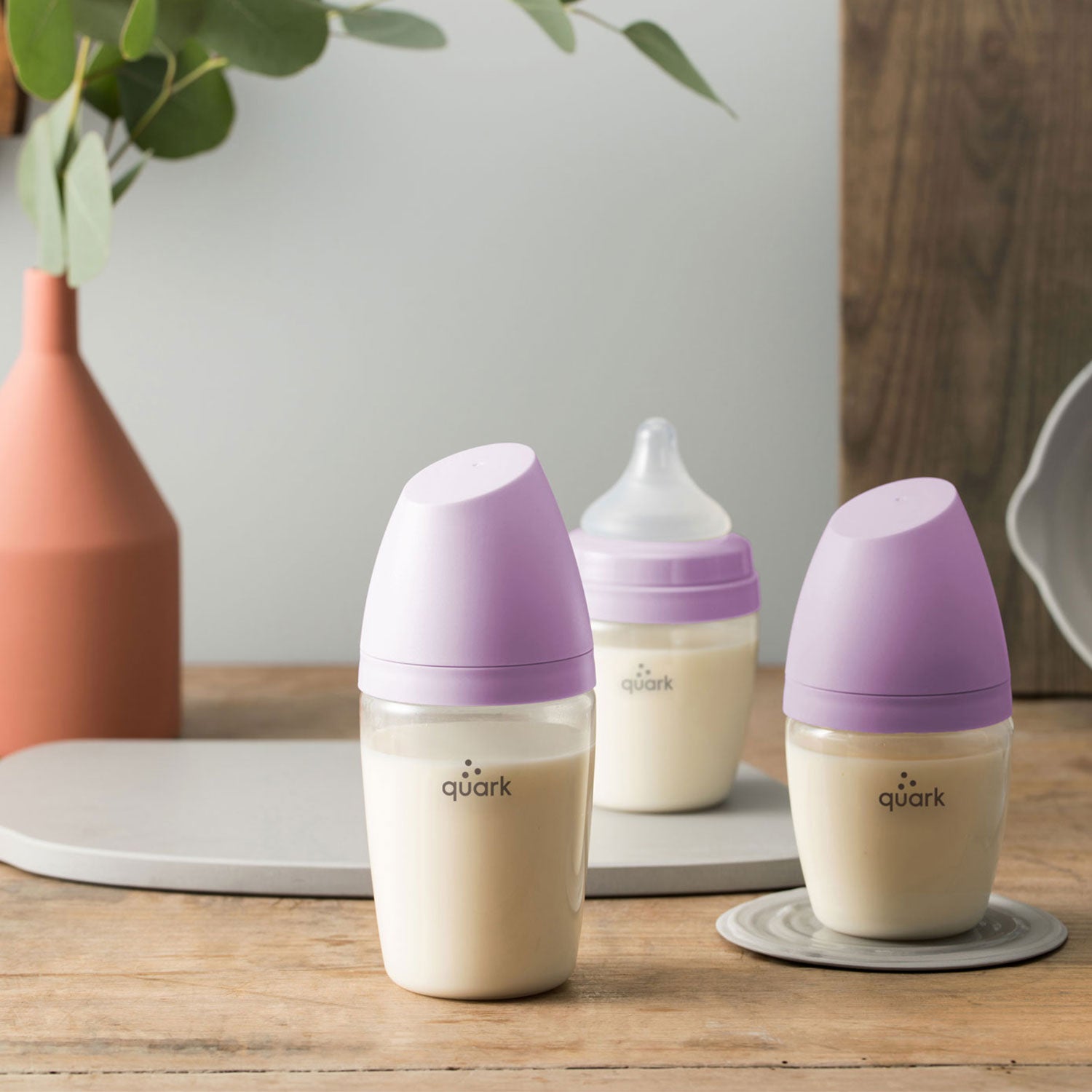
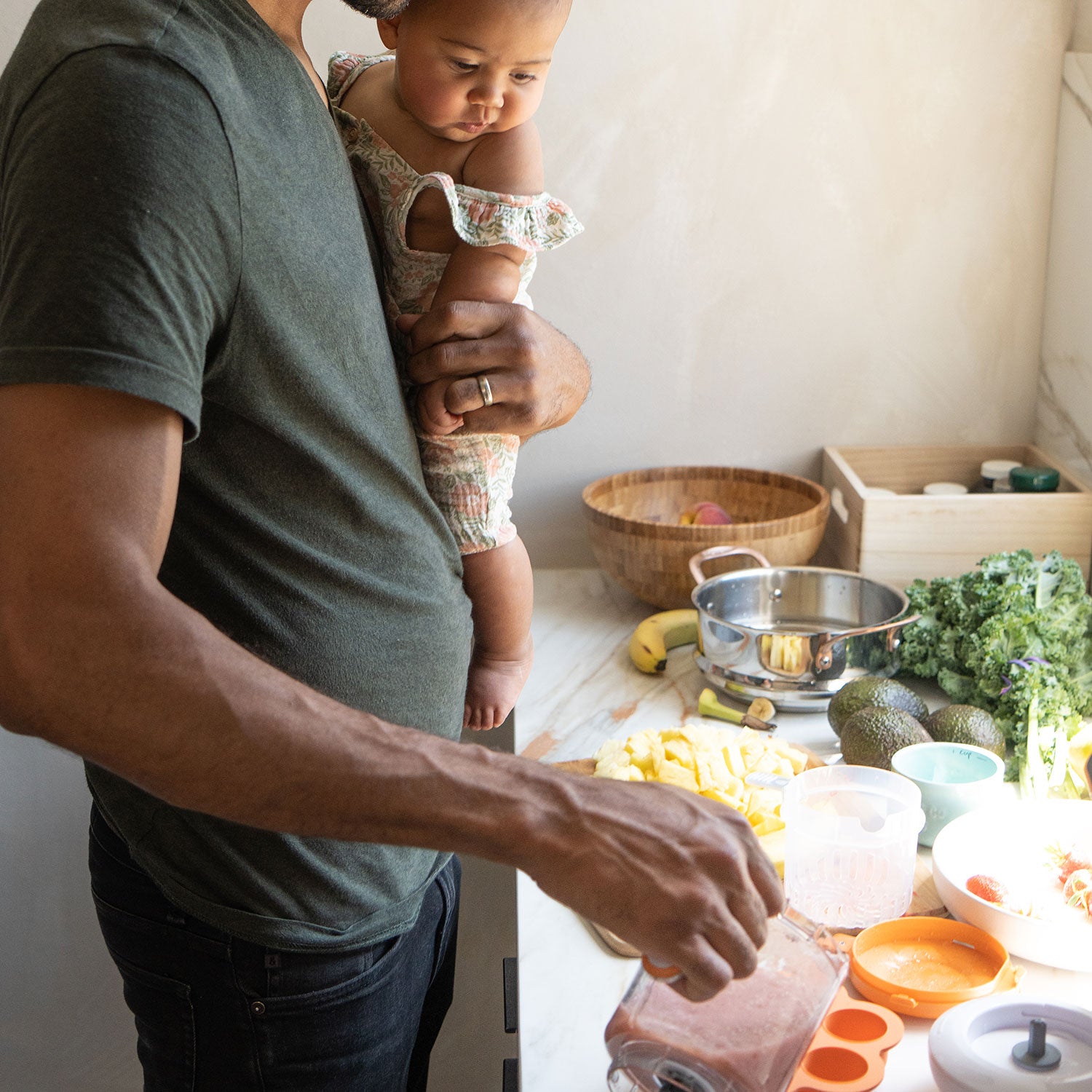
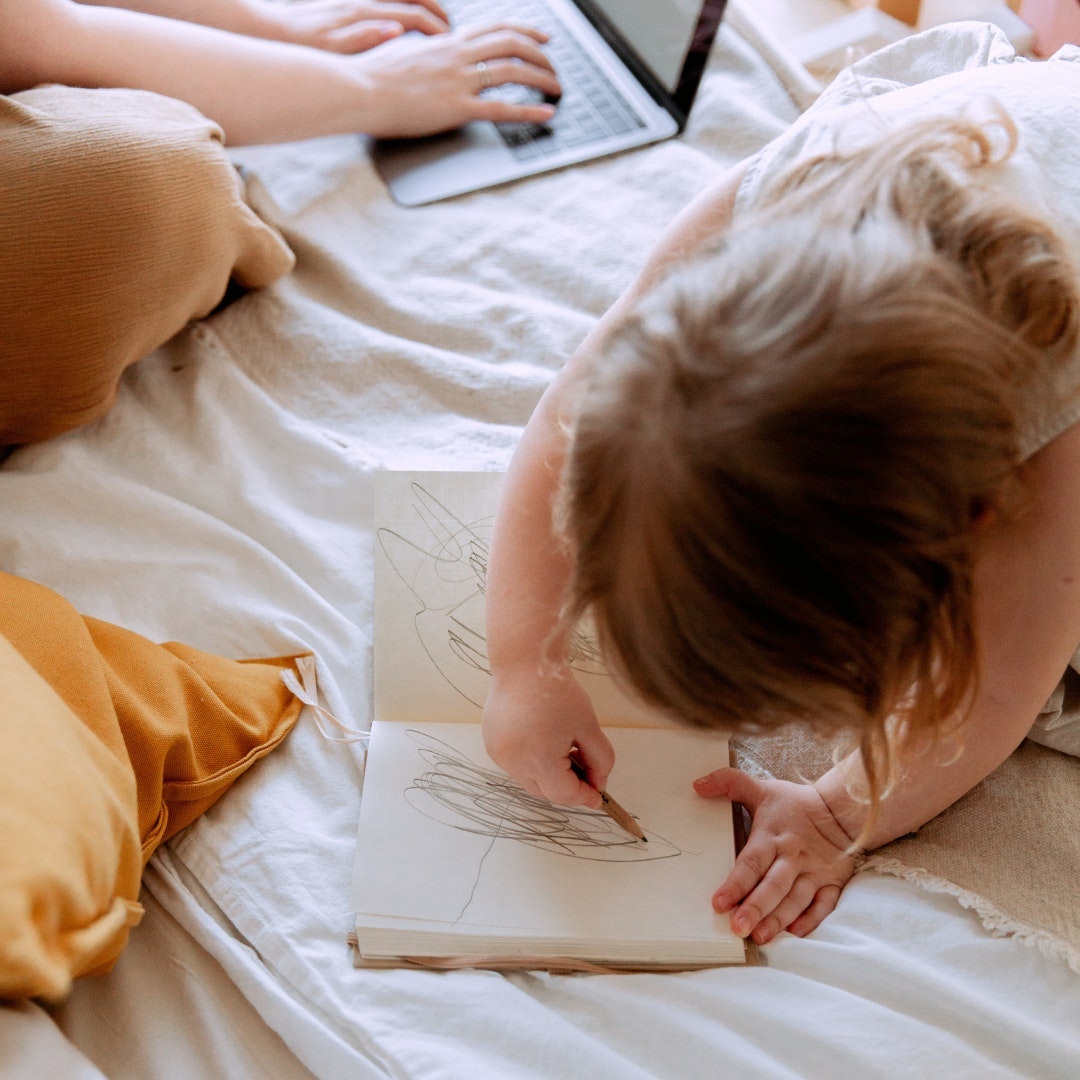
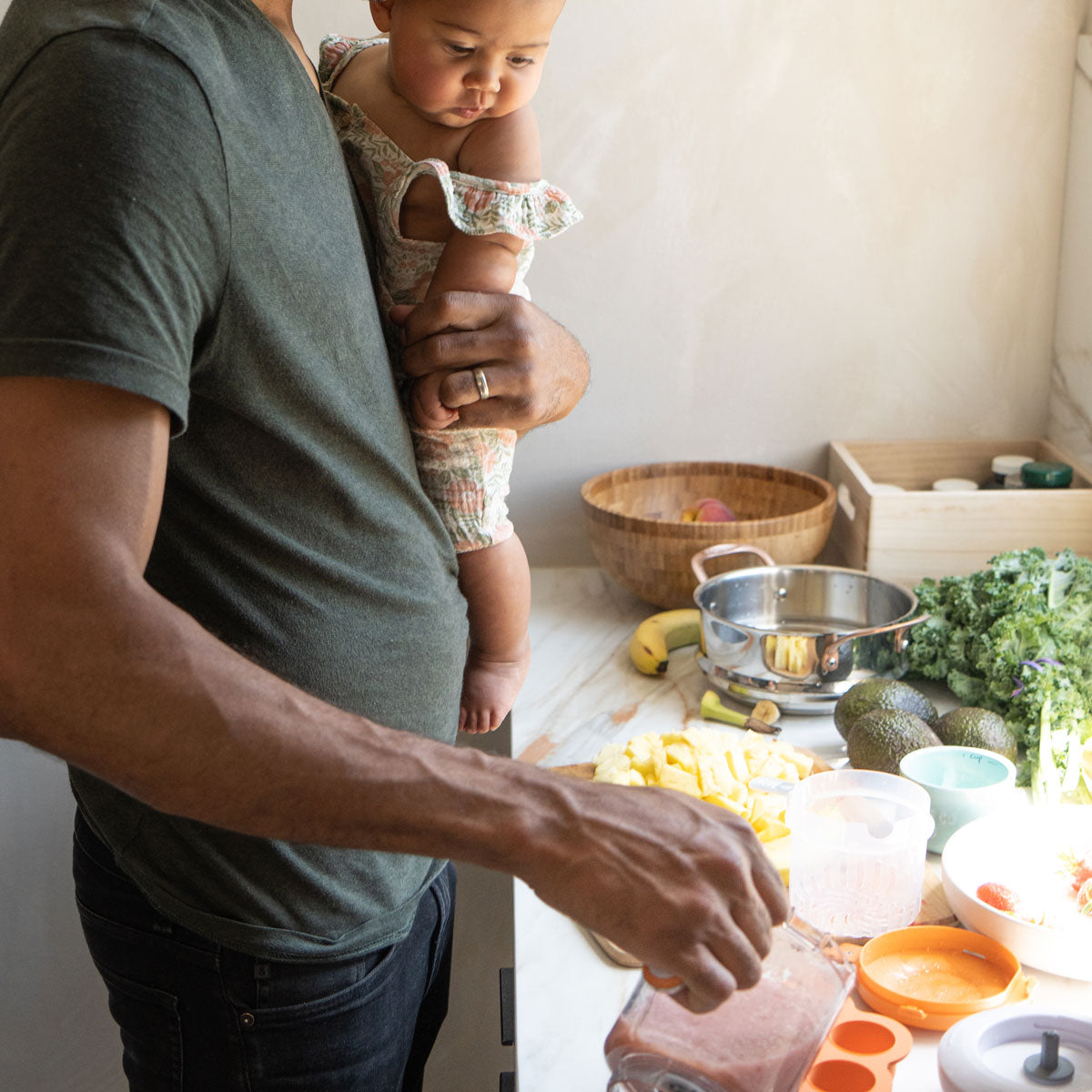
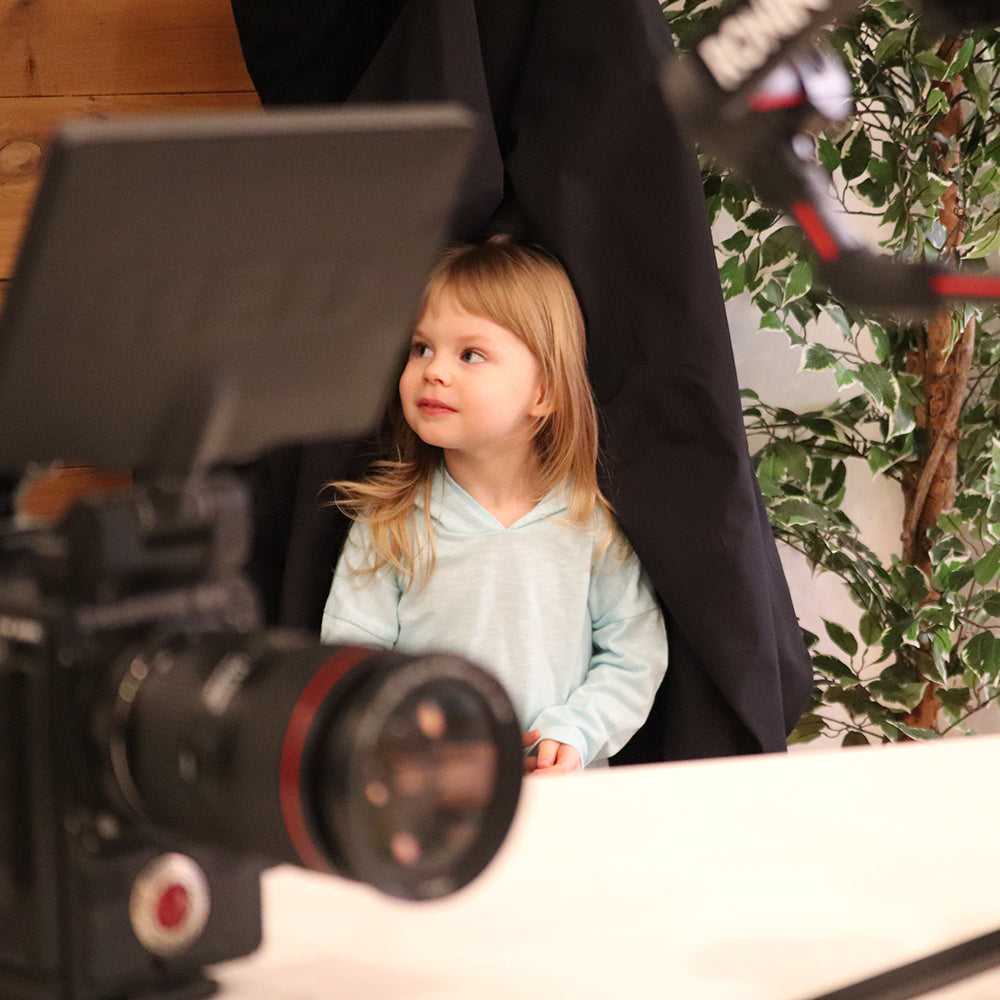
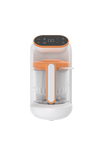
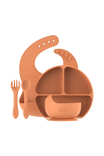
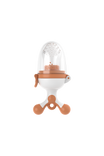
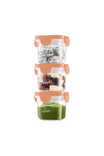
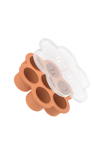
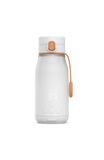
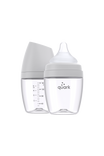
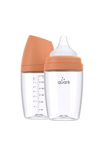
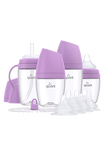
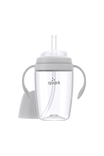
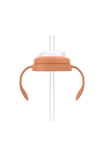
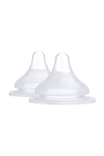
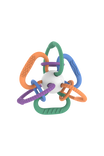
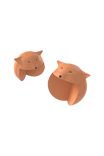

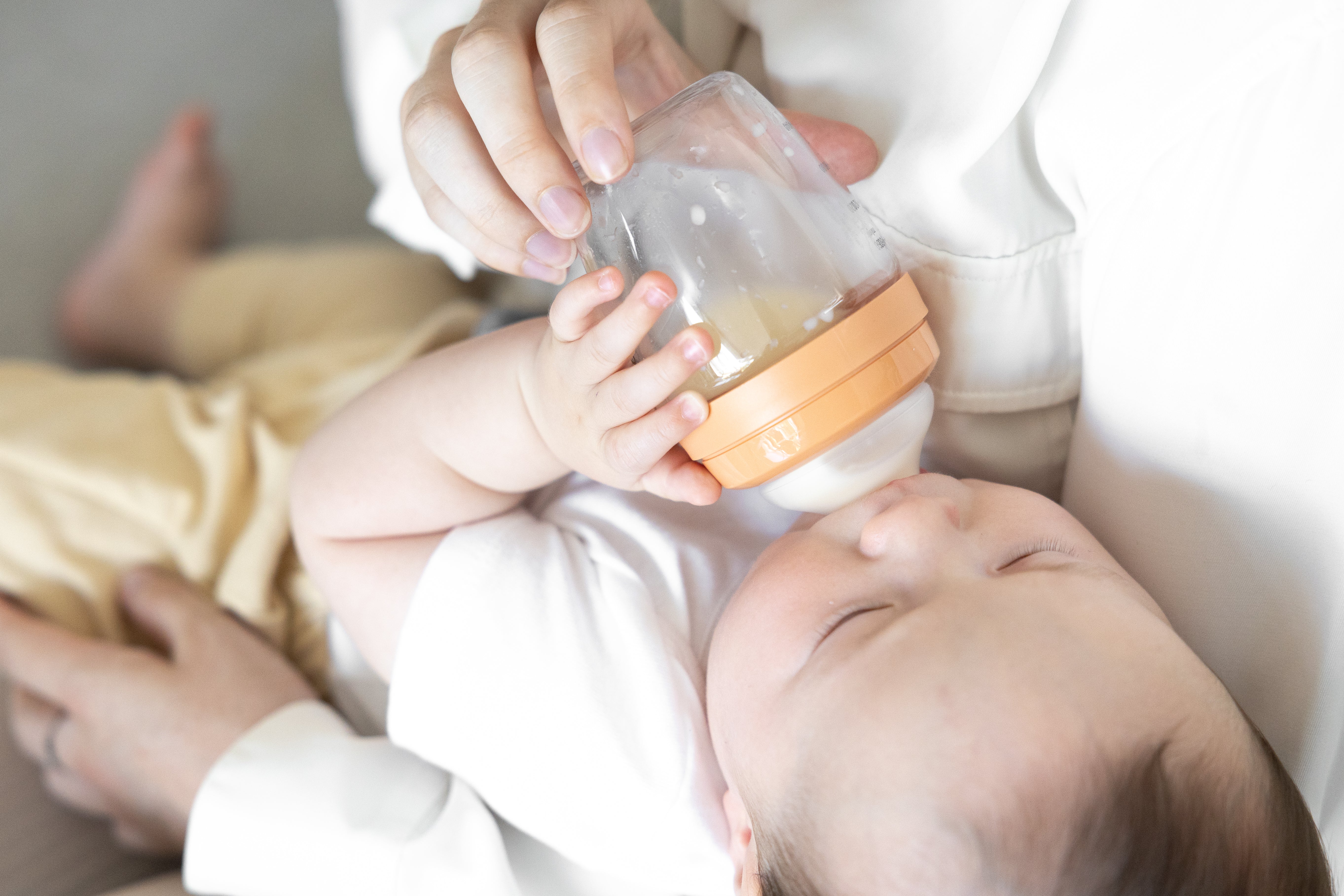
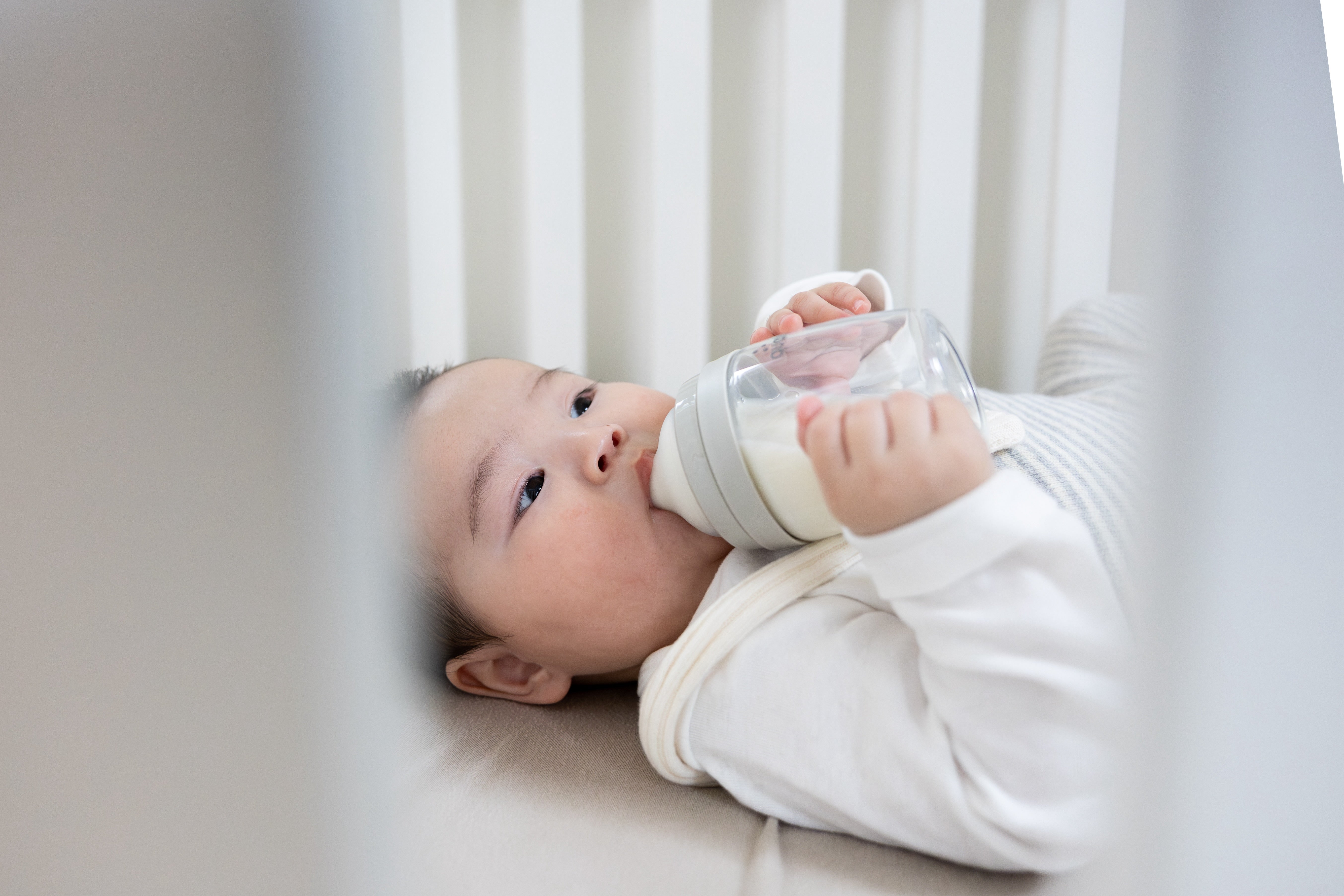
Laisser un commentaire
Tous les commentaires sont modérés avant d'être publiés.
Ce site est protégé par hCaptcha, et la Politique de confidentialité et les Conditions de service de hCaptcha s’appliquent.